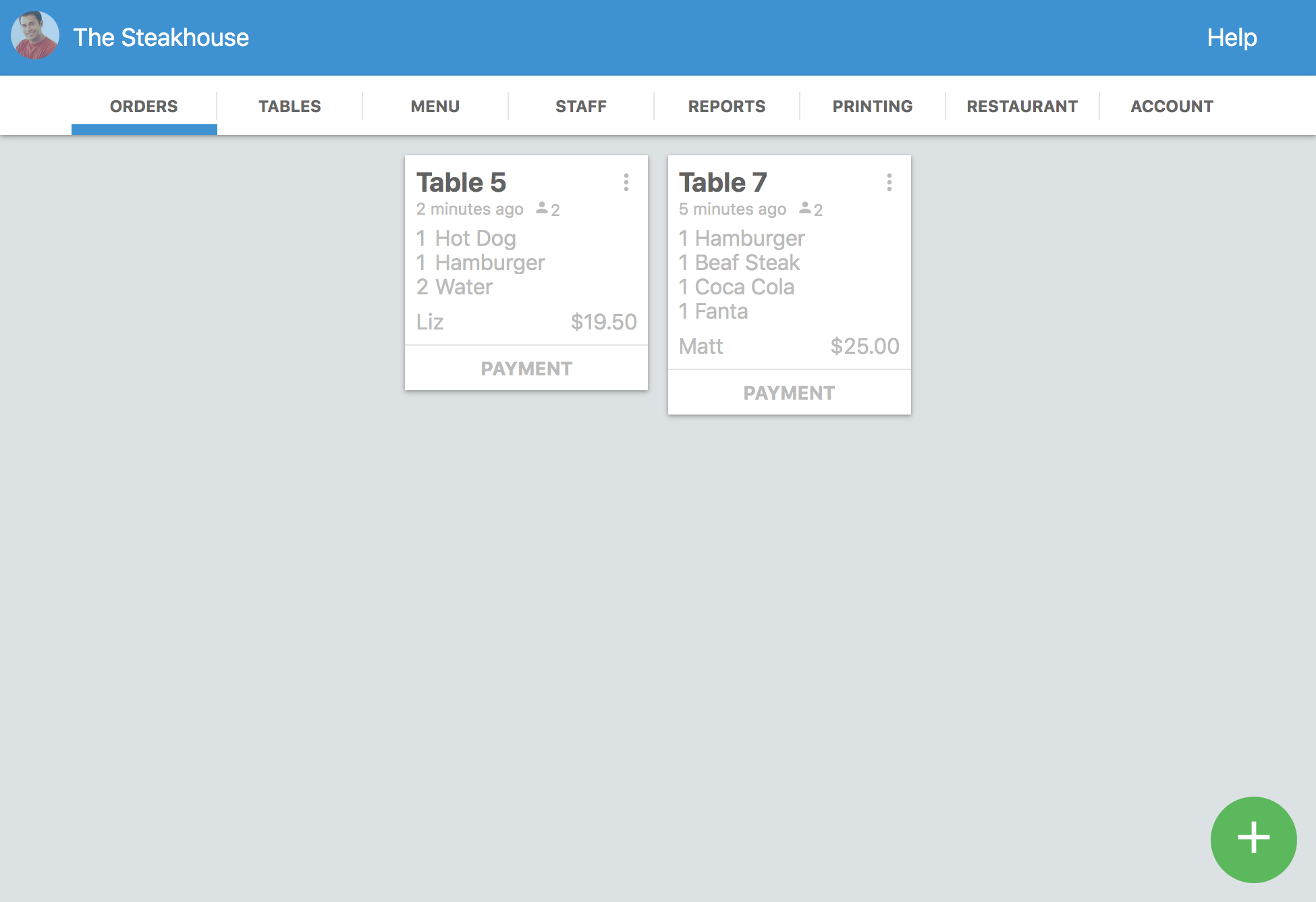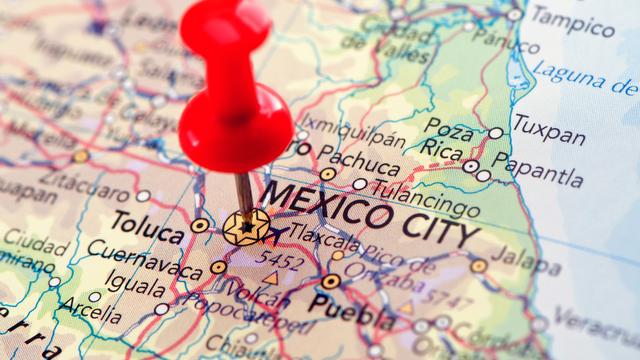Don't know how restaurant management works?
Running a restaurant properly is the most important thing you need to do to be successful with your business.
If you're not sure how to go about it, it's probably a bad idea to even open a restaurant. Unless you want to join a high percentage of failed restaurants. But don’t be afraid, managing a restaurant well is vital, but it is not that difficult. The key is in the organization.
In this guide, I will tell you about:
- The importance of restaurant management.
- I will give you a step-by-step guide on how to run a restaurant.
- And I will give you a list of administrative tools.
Management can be challenging for anyone, but with the right knowledge, mindset, and habits you can run your restaurant without issues.
Let's get started!
Restaurant Administration Is Vital

Restaurant administration is one of the most crucial aspects of this type of business.
It is about a series of financial practices, management of economic, and human resources, which have the purpose of directing the efforts of your company and optimizing its operation.
It is about improving efficiency and organization in all aspects of your business.
If you don't manage your restaurant correctly, you will soon start to suffer the consequences.
Some of them are:
- Losing restaurant suppliers due to late payments.
- Losing employees due to late payroll payments.
- Losing opportunities to improve your restaurant due to lack of preparation.
- Spend more money than your restaurant generates.
- Low sales and profits.
- High losses due to poor inventory management and lack of proper procedures.
- Having legal problems due to bad tax practices.
- And finally, that you close your business.
Restaurant administration is a challenge because it influences each of your restaurant's processes.
Are you managing your business correctly?
How to Administer a Restaurant Step by Step.

Now I will share a guide to managing a restaurant step by step. This guide applies to all existing restaurants and food businesses — management is universal.
It will also come in handy for first-time restaurant owners, inexperienced restaurant managers, and more.
However, I will not cover aspects that may be specific to different states, counties, and countries, such as tax regulations, permits, and more.
Still, you must know that taxes are very important to any business, so don't neglect them, because they can also be a door to failure.
Note: This is a simple guide, so feel free to modify as many aspects as you want to adapt them to the operation of your business.
1. Carry Out a Situational Analysis of Your Business
Before starting to manage any business, it is important to carry out a situational analysis that provides you with information about the general status of the business.
This is vital to begin to know:
- The problems the restaurant is facing.
- The strengths of the restaurant — which you must maintain.
- The weaknesses of the restaurant — which you must strengthen.
- The financial status of the restaurant — this includes all pertinent information, such as sales, expenses, current balance, losses, net profits, and more.
- The state of the restaurant's human resources.
- And much more.
You must know all this to create a strategic action plan that allows you to cover all areas.
It's also important that you create that plan with the areas most serious or in need of priority in mind — cover the most important first!
The following steps are the areas you need to cover, so take note.
2. Restaurant Finances
Managing the finances of the restaurant, or any business is complex.
Ideally, you should know about business administration, accounting, and more to be able to perform properly in this area.
The situational analysis should give you access to information such as:
- The current capital of the restaurant.
- Assets.
- Average monthly sales.
- Average monthly losses.
- Fixed and variable restaurant costs — vendors, payroll, services, and more.
- Cost and cost breakdown of each dish.
- And other aspects that affect the finances of the business.
It is also advisable to have experience using office software so that you can handle all this information easily. For example, Microsoft Excel or Google Sheets are very useful.
Managing a restaurant's finances is about accounting for everything and organizing it to get justification for the restaurant's expenses, net sales, and net profits.
Every aspect of the restaurant can be optimized to lower costs, increase profits, and improve operational efficiency.
Later I will talk about the tools that can help you organize your business finances.
3. Set Goals for the Restaurant
After knowing the status of the restaurant, you should start creating goals for it.
This applies to every aspect of the restaurant.
Some examples of restaurant goals are:
- Improve sales on certain days of the week.
- Create promotions that improve your customer satisfaction and retention.
- Improve the performance of your employees with training.
- Improve inventory management.
- Minimize the losses of your restaurant.
- Create monthly, quarterly, and annual sales targets or profit targets.
It is important that you create realistic goals and specific results so that you can apply strategies to help you achieve them.
An example of a goal would be to increase the sales of a specific dish that generates a lot of profits for your restaurant by 20%.
Here's how you can achieve those goals.
4. Start Optimizing Everything by Creating Systems
After completing the previous step, you must apply specific strategies to optimize finances.
For example, you must know:
- How much the restaurant spends on ingredients and how much each dish costs (including payroll expenses, services, and more). This way you can calculate if you can reduce the cost of the dish while maintaining a price that generates profit.
- How much the restaurant spends on basic services. So you can establish rules that allow you to spend less water, less electricity, and more to reduce bills at the end of the month.
- How taxes are handled. So you can optimize the restaurant tax payment.
- How does each employee's schedule work and what are the average sales each day. So you can easily adjust their schedule and spend less on the payroll if they spend a lot of time doing nothing on lazy days.
- How supplier orders are handled and what is their cost. So you can optimize orders to better fit sales, improve inventory management, the use of each ingredient, and improve the payment process to suppliers.
- The general opinion that customers have of your restaurant, common complaints, and service problems. So you can improve the experience you offer to customers, the sales process, improve your point of sale, and work with the servers to create applicable sales scripts for each situation.
- How the hiring and training process works in the restaurant. So you can optimize hiring, the way new employees are trained, and work on minimizing staff turnover.
The most efficient strategy you can use to optimize every aspect of the business is building systems.
Building systems is pretty easy. Here are the steps and a simple example:
- Study the current system or process (if it doesn't exist, move on to the next step). The example I will use will be the hiring process.
- Start thinking of logical ways the process should move forward. For example, hiring begins by creating a position and knowing everything it requires.
- Create a flow chart with each step. Hiring staff progresses through at least 9 steps. Learn more in our article on staff management.
- Create rules for the process. These rules should help the process always be successful. For example, not hiring people with few or bad references or not hiring very young people, and more.
- Create a method to evaluate the results. This would be to create a personnel performance evaluation format or sheet.
A system mustn’t finish until it reaches the step of evaluating the results. If negative, you should start over until you get favorable results.
As a recommendation, you must train staff with these systems, so that they know how to act in case you cannot direct them in person. Another tip is that you shouldn't be obsessed with building systems — only the most complex and necessary processes need one!
5. Create an Investment List or Budget
Once you have created systems for each important process in your restaurant, it is time for you to start optimizing the use of the economic resources of the business.
These investments are part of the variable expenses of your business.
Some of the investments that are always useful for business are:
- Marketing campaigns.
- Customer loyalty campaigns.
- Decoration improvements.
- Improvements in the functionality of the restaurant.
- Buying new equipment.
- Preparation for employees.
- And more.
These investments are an expense that you must include in the expenses of the restaurant, before calculating the net profit.
These are investments because they are not expenses that you would have unless you actively invest money — although investing money in marketing should be mandatory.
Many businesses fail because they don't have a budget for investments that will benefit the business.
After all, bigger numbers at the end of the month always look better.
Anyway, it is a very good idea to budget to advertise your restaurant effectively, to improve the service of your restaurant, and improve customer satisfaction.
In addition, leaving some budget for these types of expenses is vital so that your restaurant is prepared to face changes in the market, take advantage of momentary opportunities, and make the business grow.
6. Manage Employee and Customer Satisfaction

Even though management is treating the different aspects of a restaurant like pieces in a game of chess, you should always remember that you work with people.
That means you should pay attention to two things:
Employee Satisfaction
Your restaurant employees do most of the work that keeps your restaurant moving.
That is why it is vital that you keep each of your employees satisfied with their work, happy with the work environment, and constantly growing.
Only in this way can you ensure that they fulfill their obligations correctly and with dedication.
The Satisfaction of Your Customers
Customers are in charge of running at least 50% of your restaurant. You are only responsible for creating the service, optimizing it, making it profitable, sustainable, and available.
Customers take care of the rest, and without them, your business wouldn't exist.
As much as you want to optimize different aspects of your business, a large part of the administrator's job is to make sure that everything is optimized considering the impact that changes will have on your customer satisfaction.
This means making certain decisions will be difficult. At some point, you will have to make a change in the restaurant that will improve its profitability, but that will also affect customer satisfaction.
The easiest example is updating the dish prices, charging for other aspects of the service, and more.
Tools Needed to Run a Restaurant
Many tools can help you incredibly run your restaurant. Here is a summary of the best applications that you can use.
1. Waiterio
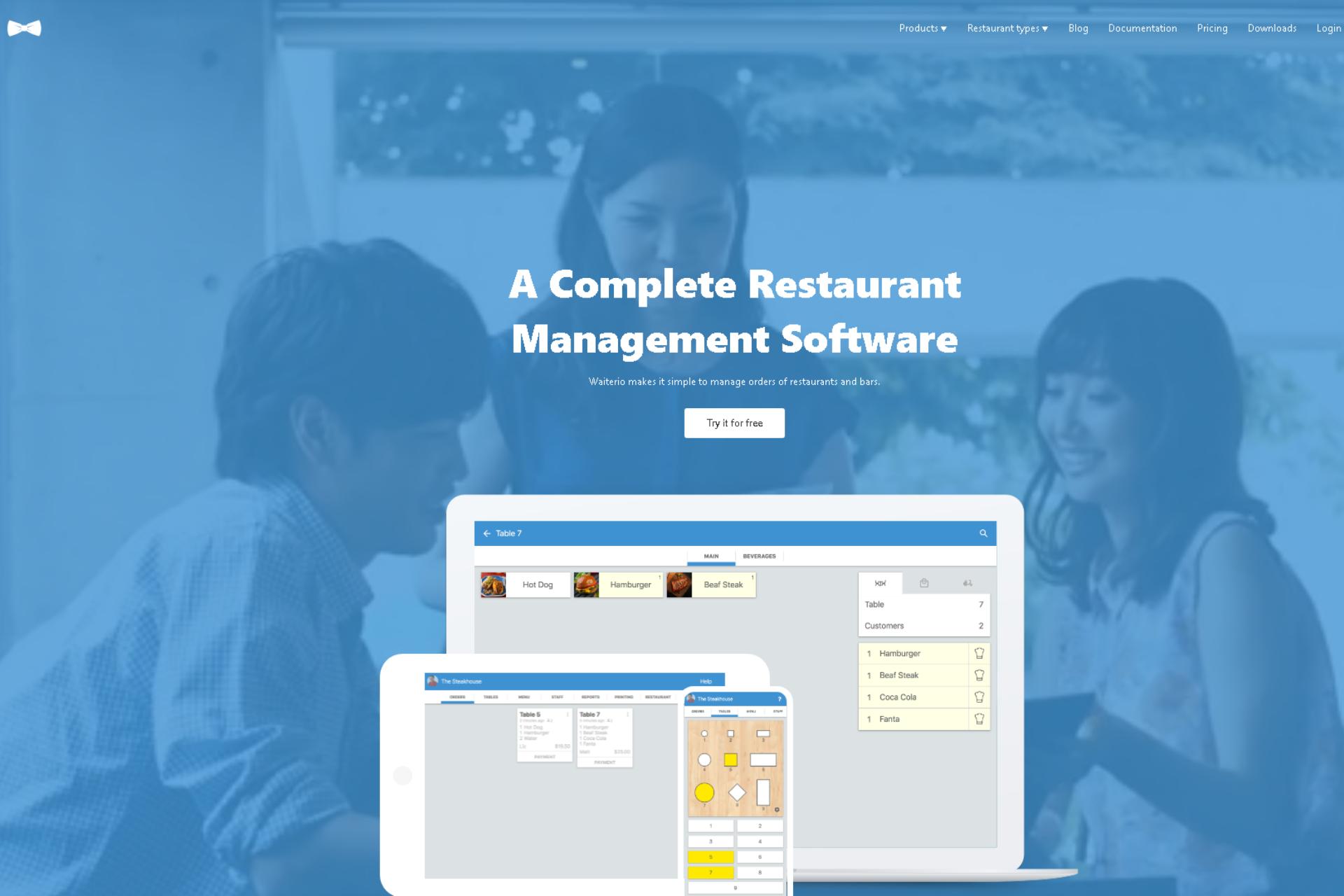
Waiterio is one of the best restaurant points of sale systems that you can use in your business. It has many features that make it the perfect solution to manage different aspects of your business with a single app:
- Save all your sales information in the cloud.
- It helps you create a simple web page automatically that connects to the point of sale to offer online orders, QR code menu, and more.
- You can create a digital menu for your restaurant.
- You can get information about the performance of certain dishes.
- It also helps you manage your servers and measure their performance.
- It works on all the most common operating systems — Windows, iOS, Android, macOS, among others.
- And much more.
Learn more about Waiterio!
2. QuickBooks
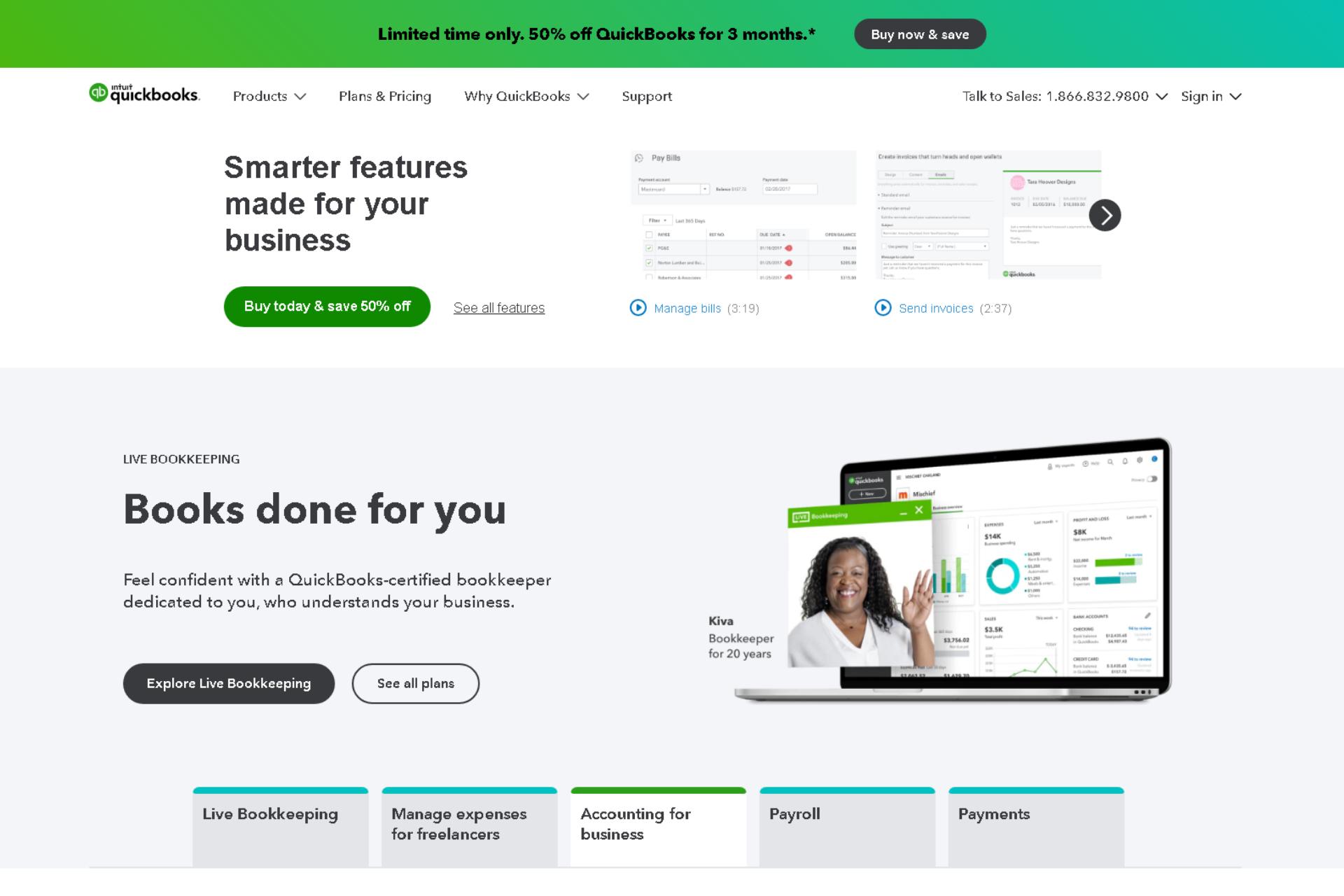
QuickBooks is incredibly useful business accounting software for managing your restaurant finances.
This way you can spend less time busy with basic accounting operations.
Some of the features of QuickBooks are: It
- works on different devices.
- It works to keep up with your business accounting easily.
- You will be able to obtain reports of profits, the profitability of your restaurant, and more.
- It has different plans that fit your needs.
- And more.
Learn about QuickBooks!
3. Google Apps
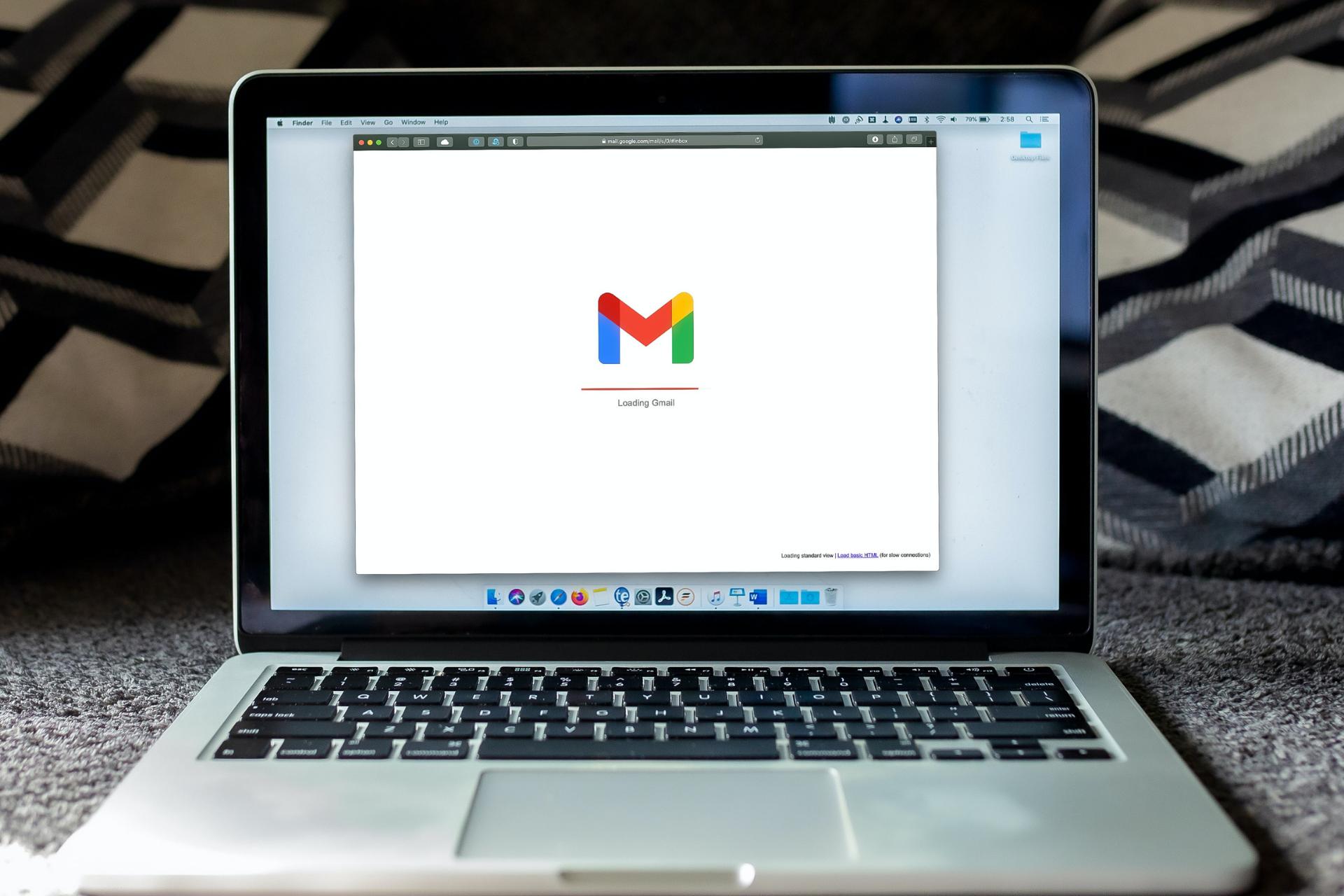
Google apps, like Google Docs, Google Sheets, Google Drive, Gmail, and more, are extremely useful for running a business.
In addition to the tools that everyone uses, you can use:
- Google My Business to place your business on Google Maps and receive reviews of your restaurant.
- Google Calendar and Google Keep to organize your daily activities.
- Google Classes to facilitate the training of your staff remotely.
- Google Meet to conduct job interviews.
The best part of these tools is that they are free and you can use them just by having a Google account.
4. Infinity
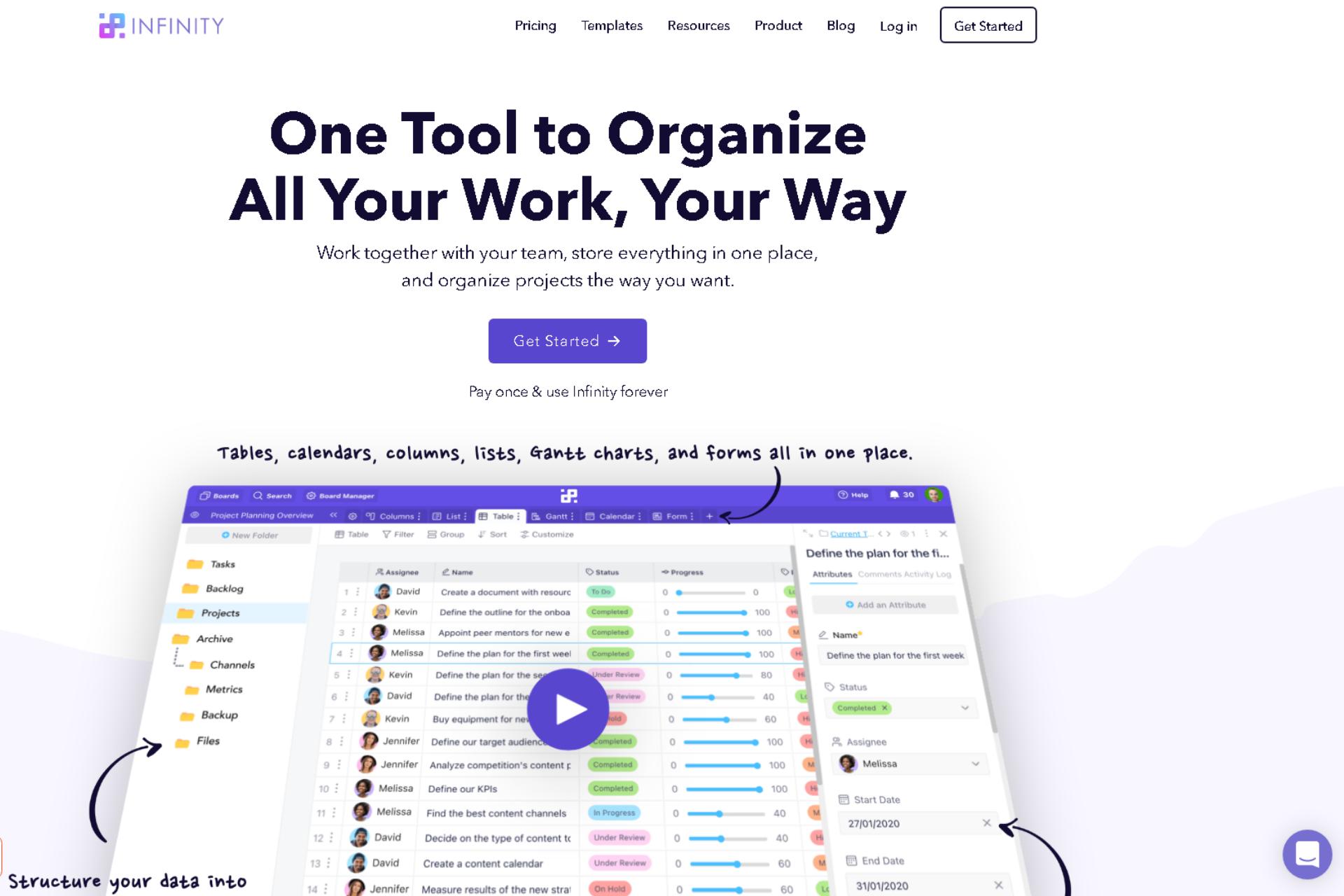
Infinity is a very cool activity management app that can help you organize your daily obligations with the time-boxing method, which is a very effective time and activity organization method.
With Infinity, you can handle all your different administrative obligations in a single application.
Learn more about Infinity!
5. Hootsuite
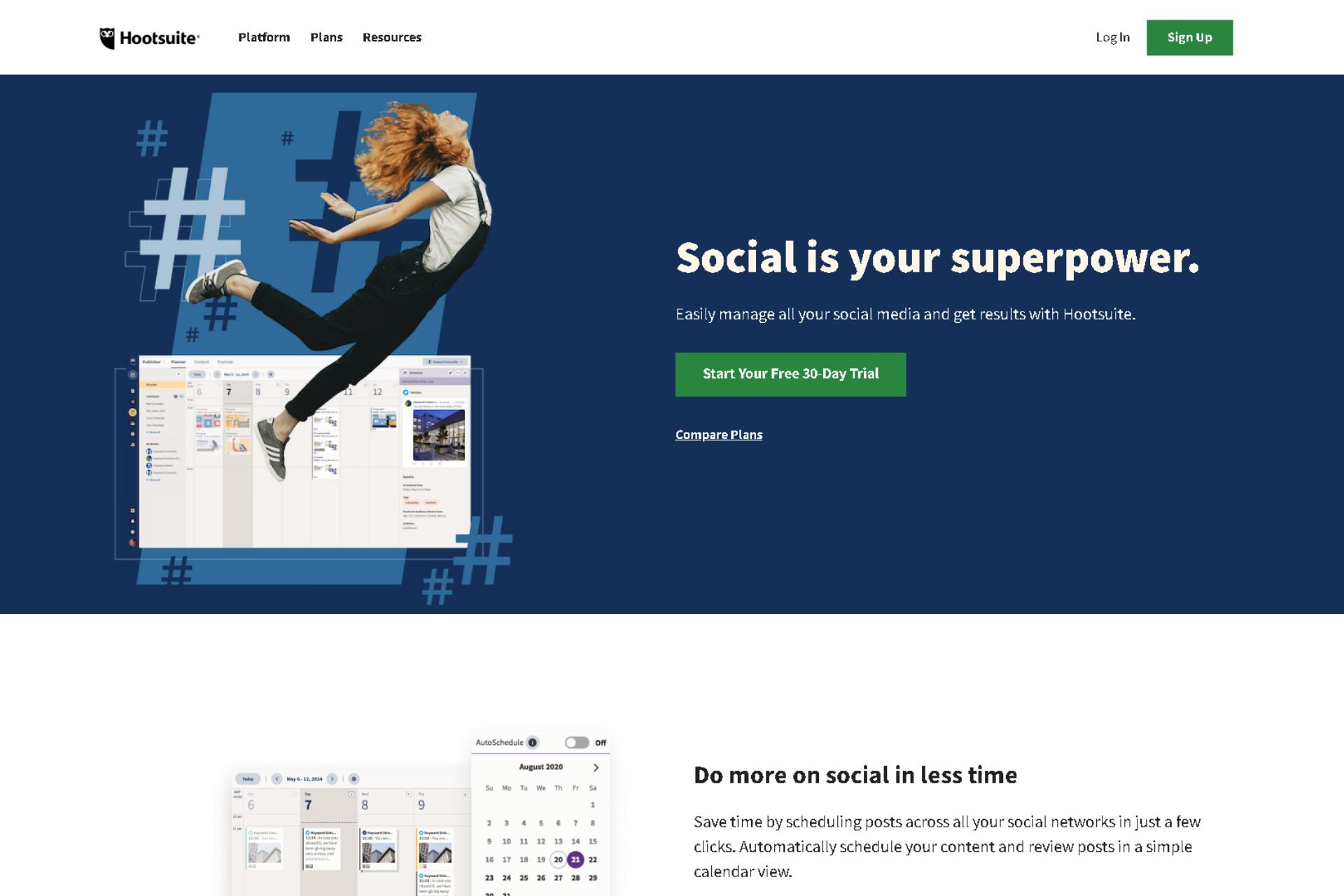
Hootsuite is a very effective application to manage all the social media accounts of your restaurant. It's a favorite of content creators and community managers for a reason.
You will be able to see notifications from your different social networks, you will be able to send messages, reply to comments, schedule posts, and much, much more.
It also has different plans that are quite cheap, considering that the software gives you the power to manage all your social networks with a single app.
Learn more about HootSuite!
Restaurant Administration Is Not Easy
If you got here, you have surely realized that managing a restaurant is not an easy thing.
However, even though it is an intimidating subject, it is nothing to write home about, and every business you have visited and from which you have purchased products or services takes care of it.
Why can't you?
In addition, you can always delegate certain administrative activities to the restaurant manager, use services outside of your business to help you run it, such as marketing agencies or accounting services, and more.
All of this will make running your restaurant a bit more expensive, but also a lot easier and less stressful.

